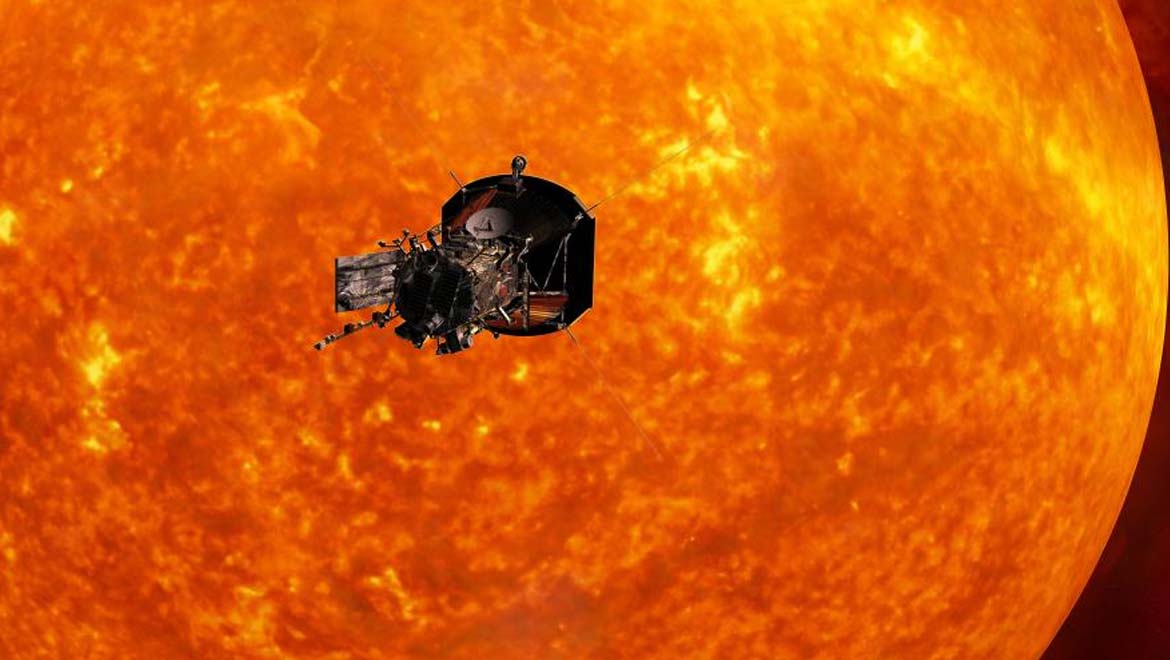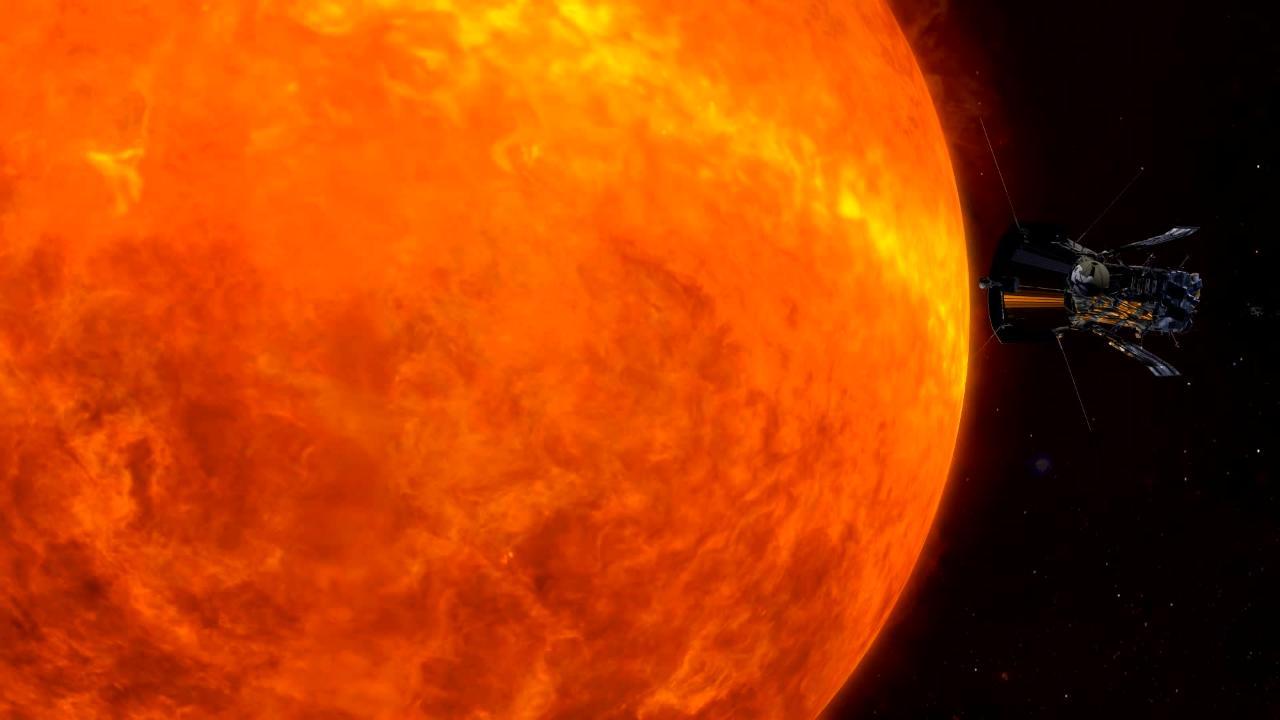The Parker probe, developed by NASA, will go straight to the solar corona

Man gradually expands the horizons of knowledge, studying the solar system. Over the past few years, a lot has been done for this. Now we already know what comets are, what the surface of Pluto looks like and whether there is water on Mars. Scientists have learned a lot about the planets, their moons, comets and asteroids. Now NASA is going to study the Sun carefully. Despite the fact that he has been monitored round-the-clock for many years, much remains unclear.
The agency is going to fill these information spaces with a special probe , named after the American astrophysicist Eugene Parker. He was one of the first to study the solar wind. Parker's probe will fly up to the sun seven times closer than any of the spacecraft. The agency is going to launch it into space next month, after which it will begin to study the solar corona, solar activity and other important processes and objects.
“We call this mission a mission of extremes,” said Nicola Fox, a senior project research scientist at Johns Hopkins University . Indeed, it is difficult to call a normal project, within which the apparatus should approach the natural thermonuclear reactor of enormous power at the minimum possible distance, to the high temperature zone.
Probe size is approximately equal to the size of an average passenger car He will go to the Sun at a speed of 720,000 kilometers per hour. The distance to the Sun at the time of convergence will be about 6.4 million kilometers. In fact, the Parker probe will be in the crown, where the temperature reaches 1400 degrees Celsius.

Why all this?
In fact, the Sun has been studied for hundreds of years, in detail for decades. Changes in the structure of the "body" of the light are monitored by ground and space stations. But, as mentioned above, there are still a lot of questions.
One of these questions is why the Sun's crown is so hot, and how it is heated. Another major problem is the causes of the solar wind and the mechanism of its acceleration. Solar wind is called the flow of ionized particles that emanate from the solar corona. The main task of the Parker probe, in general, is to answer critical questions in heliophysics with the highest priority in the scientific community. The data that will be received will help us to better prepare for manned flights beyond Earth. Scientists based on this information will try to predict the level of radiation in which future space researchers are to work and live. “Fortunately, we are here on Earth protected by a magnetic field. But when it comes to flights to the Moon or Mars, where there is neither a magnetic field nor a dense atmosphere, we have to admit the complete absence of such protection, ”says Brad Tucker of the Australian National University. "If we want to live and work on other planets, then we need to understand the influence of the sun."
Plus, scientists will be able to obtain data on the influence of the solar wind and the activity of the Sun as a whole on the Earth.
The idea of the mission was proposed back in 1958, but at that time people did not have the technologies necessary for the implementation of such a project. Now they are, and the experts decided to implement the project. The probe will be protected from the influence of a star by a shield 2.3 meters wide and 11 centimeters thick. This shield is made of special carbon foam enclosed between two thin plates. The front plate is coated with aluminum oxide to reflect light and heat radiation.
Thus, despite the crown temperature of 1400 degrees Celsius, the probe devices will operate at room temperature. Of course, only if the probe can be turned by the right side to the Sun.
Well, when will it fly?
NASA plans to fly its probe somewhere between July 31 and August 20 of next year. The launch will be carried out using the Delta IV Heavy booster.
After approaching the Sun, the probe will fly around it 24 times. Since the orbit will be elliptical, strongly elongated, the device will also be able to pass next to Venus - and not once, but seven. The probe will get close to the Sun to the minimum distance on December 19, 2024.

Now scientists are conducting the final preparation of the probe. Then the software and hardware will be checked, after which the device will go to Cape Canaveral, Goddard Space Flight Center. And then it will run to the sun.
All Articles